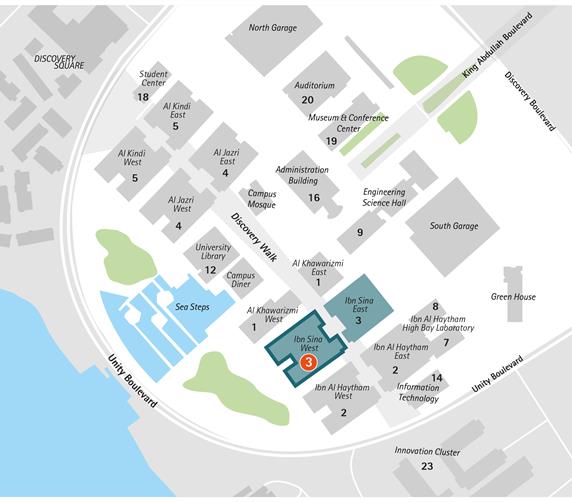May 2025

Zoom Link: https://kaust.zoom.us/j/3242080749
Abstract
This thesis explores the application of Deep Learning (DL) and High-Performance Computing (HPC) techniques in seismic methodologies, with a focus on Full Waveform Inversion (FWI), forward modeling, and reverse-time migration (RTM). In the first chapter study emphasizes innovative approaches for using DL to predict smooth velocity models, providing reliable initializations for FWI simulations in the lack of low-frequency seismic data. The second chapter concentrates on exploring the Multicore Wavefront Diamond Tiling with Temporal Blocking (MWD-TB) computational method, aiming to accelerate wavefield modeling and enhance the computational efficiency and scalability of seismic imaging methods such as RTM. In the third chapter I will concentrate on improving overall RTM performance in terms of execution time and elimination of data size related bottlenecks with different memory management strategies. The opening chapter of this thesis explores the application of Deep Learning (DL) techniques to initialize seismic full-waveform inversion (FWI), a non-linear optimization approach employed for high-resolution imaging of the Earth's subsurface. Despite its widespread use in the industry, FWI faces significant challenges when dealing with band-limited seismic data, especially in the absence of an accurate starting model. Low-frequency content in seismic data can offset the limitations of an initial model; however, obtaining field data with sufficient signal-to-noise ratios in the low-frequency range remains a challenge. Since low-frequency data are critical for constraining low-wavenumber model components in FWI, DL provides an alternative solution. By training a FusionNET-based convolutional neural network (CNN) on synthetic datasets, DL maps high-frequency elastic FWI updates to low-wavenumber model updates, enabling the estimation of an initial model as if derived from low-frequency data. In the second chapter, I focus on accelerating forward modeling using the Multicore Wavefront Diamond Tiling with Temporal Blocking (MWD-TB) computational method. This approach addresses the memory bottlenecks in 3D seismic wavefield modeling based on finite-difference time-domain (FDTD) formulations, which are fundamental to seismic imaging applications. Specifically, the MWD-TB technique is developed for the first-order wave equation to leverage the high bandwidth and large capacity of last-level cache (LLC) on modern x86 systems. By optimizing spatial and temporal data reuse, MWD-TB mitigates memory-bound behavior, significantly improving computational throughput and scalability for first- and second-order acoustic wave equations. Benchmarking with the SEG Salt3D model on shared-memory architectures shows performance gains of up to 3.5X for first-order and 3X for second-order formulations compared to traditional spatial blocking methods. This work highlights the potential of advanced memory optimization strategies to enhance the efficiency and applicability of seismic modeling and imaging in high-performance computing (HPC) settings. In the concluding section of the thesis, I assess the strengths and limitations of the proposed methods and provide insights into potential directions for future research.
